Updated: December 2021
I get questions constantly about my travel photography gear. I’m a self-taught professional photographer, so I won’t always be using technical terms to describe my gear.
I’m just passionate about telling stories and sharing my travel experiences through beautiful photos.
As a female traveler, there are a few things that are important when choosing photography gear. The first is size—I don’t want to lug around a big camera or have a camera so large that it draws unnecessary attention.
While I shoot on manual settings nowadays, I’ll be honest; for the first 3 years of blogging, I only shot on Auto. So, secondly, I want a camera that is easy to use and has great automatic and manual features. Lastly, I look for quality.
Above all, I want a camera that’s shooting incredible images, and that’s why I choose Fujifilm X Series.
Here’s the complete list of my cameras and lenses by Fujifilm that I bring on my travels!
Camera Bodies
Fujifilm’s X Series combines traditional styling with cutting edge, innovative photography technology. They’re compact and lightweight—perfect for travel. Here are my favorite models!
FUJIFILM X-T4
The Latest and Greatest—Perfect for Professionals!
This camera is perfect for aspiring and professional photographers! It has so many advanced features that outperform most other brands (even when shooting on Auto).
You can grow with this camera regardless of experience, even if you don’t know how to shoot in manual mode.
This is my favorite Fujifilm camera to date! The image quality is amazing—perfect for capturing my travels—and the X-T4 has an updated design for improved handling and shooting efficiency.
My favorite update is that the rear 3.0″ 1.62m-dot touchscreen LCD now features a vari-angle design to suit working from high, low, and front-facing angles. This makes it a great option for vlogging!
The body is also weather-resistant and the external dials are a trademark FUJIFILM feature that I love.
The autofocus on X-T4 is impressively fast and accurate for both photographers and videographers alike. For video, in addition to the Full HD/240p high-speed recording which gives you a maximum 10x slow-motion effect, the X-T4 features digital image stabilization and image stabilization Boost mode.
This camera is perfect for professional photographers and for those looking to take their photography to the next level.
More on the FUJIFILM X-T4 Body
FUJIFILM X-T30
Affordable Yet Powerful!
This camera is great for people who are just starting to get their feet wet with photography and will mostly be shooting on automatic settings!
This mirrorless digital camera is one of my favorite to shoot with when I’m out exploring for the day. The biggest update from the X-T20 model to the X-T30 is the lighter and more affordable body. It still uses the new AF system, so you’ll see that the camera’s ability to capture moving subjects is top-notch.
It has incredible auto settings, but if you want to test your skills at manual shooting, you are able to easily adjust the combination of aperture, shutter speed, and shooting functions while concentrating on picture taking—so you have options!
In addition to the pretty vintage style, the body is super lightweight and small in size, making it more discreet than other models.
Lastly, the X-T30 has a large and fast digital viewfinder. It offers a clear, high-definition live-view of what you’re shooting which helps you line up shots—or if you’re traveling solo, it allows the random stranger taking your picture to see what the heck they’re doing!
More on the FUJIFILM X-T30 Body
Photography Tip: What is Aperture?
In photography, the aperture is expressed in f-numbers, for example, f/5.6. These f-numbers, also known as “f-stops”, are a way of describing the size of the aperture, or how open or closed the aperture is.
A smaller f-stop means a larger aperture, while a larger f-stop means a smaller aperture.
The iris of the lens, or diaphragm, controls the size of the aperture. Its purpose is to block or stop all light, with the exception of the light that goes through the aperture.
- Larger f-stops like f/11 will keep the foreground AND background in focus.
- Smaller f-stops like f/1.4 will focus your foreground objects and make the background more out-of-focus.
Everyday Zoom Lenses
You’ll want an everyday go-to lens and something with a nice zoom range is where to look!
There is a huge range of FUJINON interchangeable lenses for Fujifilm X Series cameras—here are the ones I use daily!
There are two “every day” lenses that I recommend!
The FUJINON XF18-55mm F2.8-4.0 R LM OIS Zoom Lens is typically sold as a kit lens with the X-Series camera bodies.
It’s the perfect, affordable option for those just getting started or shooting for fun. It’s compact, easy to travel with, and will capture most shots just fine. Plus, you usually get a pretty significant discount on it when buying it as a kit with a new camera body, so it’s usually worth getting from the start!
For a more powerful everyday lens, my favorite go-to lens is the FUJINON XF16-55mm F2.8 R LM WR Zoom Lens. It is bigger and more expensive than the 18-55mm, but that’s because it has some serious pros!
I’ll break down more details on each lens below!
FUJINON XF18-55mm F2.8-4.0 R LM OIS Zoom Lens
Everyday (Beginner)
When to Use: Everyday
This 18-55mm lens is a small standard zoom, and the first lens I got for my Fujifilm X Series camera. In my opinion, it is the most versatile and affordable kit lens in the Fujifilm X Series and great for day-to-day shooting. It’s one of the most compact zoom lenses I’ve seen, making it perfect for travel.
- Pros: Small size, lightweight, affordable, f/2.8 aperture at 18mm (nice depth of field), image stabilization
- Cons: The variable aperture lens, meaning that you won’t get as much depth of field as you zoom in. (ex. f/2.8 at 18mm and f/4 at 55mm)
With sufficient zoom and excellent image stabilization, it’s a solid option for everyday use!
Images Shot with my FUJINON XF18-55mm Lens

The 18-55mm lens will capture most shots you’ll want throughout your travels, from lounging at the beach to exploring a new city!
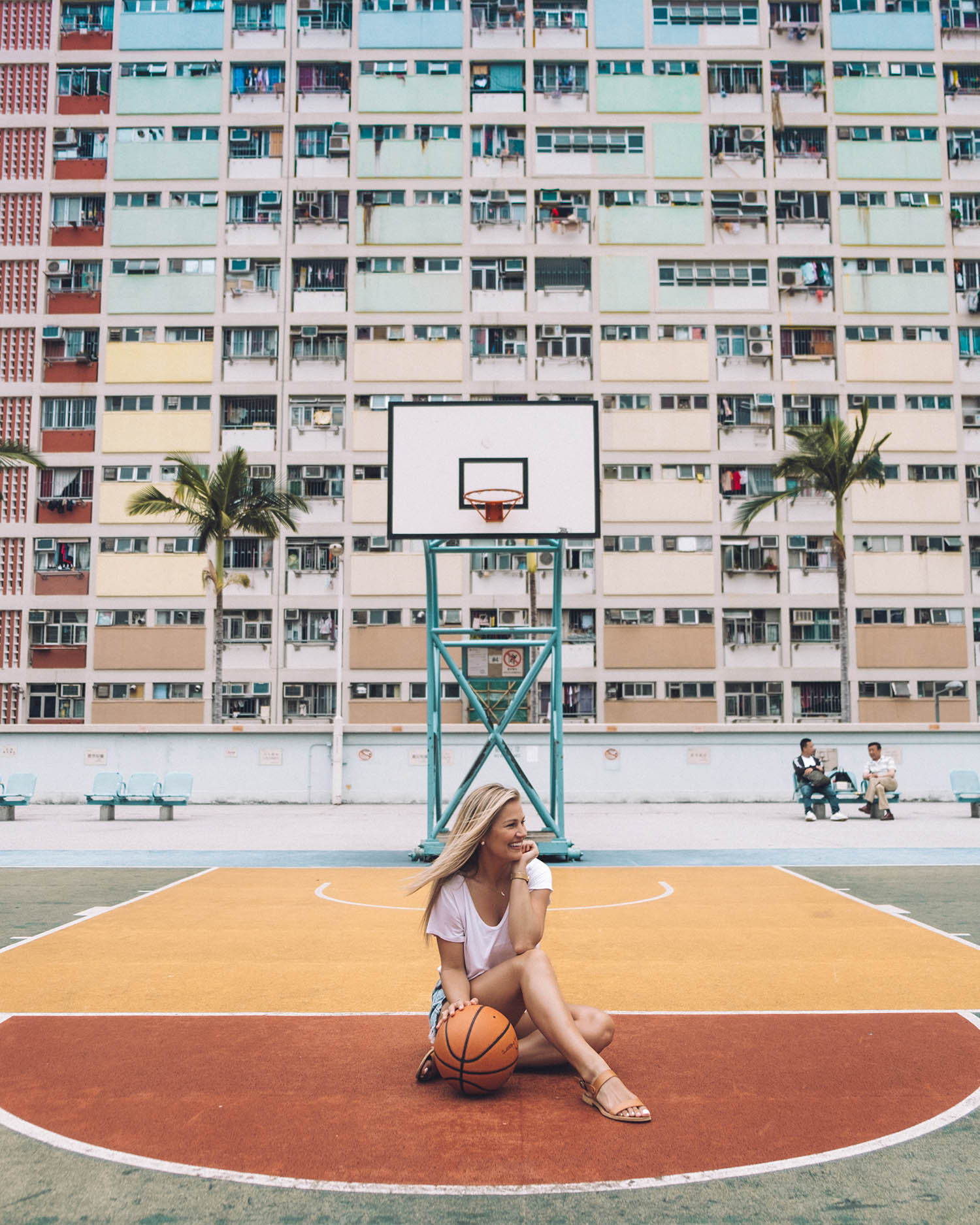

FUJINON XF16-55mm F2.8 R LM WR Zoom Lens
Everyday (Aspiring/Professional)
When to Use: Everyday
In recent years, the Fujinon 16-55mm f/2.8 lens has become my new go-to over the 18-55mm for a few reasons—it has almost the same focal range as the 18-55, but has an extra 2mm (16-18mm) allowing for a slight wide-angle view (it captures just a bit more of the scene when fully zoomed out)!
It is also a constant f/2.8 aperture, so I can get a greater depth of field over the 18-55mm lens. Whether I’m shooting at 16mm or 55mm, I can keep my aperture at f/2.8.
Having that powerful aperture along with that extra wide-angle at 16mm makes this the best all-around lens I own.
- Pros: Image quality, focus performance, wide-angle at 16mm, constant f/2.8 aperture—overall just an incredible lens!
- Cons: No OIS stabilization, heavy, expensive
If you are willing to invest in the best of the best and don’t mind a little extra weight, this is my highest recommended everyday lens for the Fujifilm X-Series cameras!
Images Shot with my FUJINON XF16-55mm Lens

The 16-55mm helps capture more of the surroundings while allowing me to keep the aperture low and the subject in focus! I use it for 90% of my photos now.

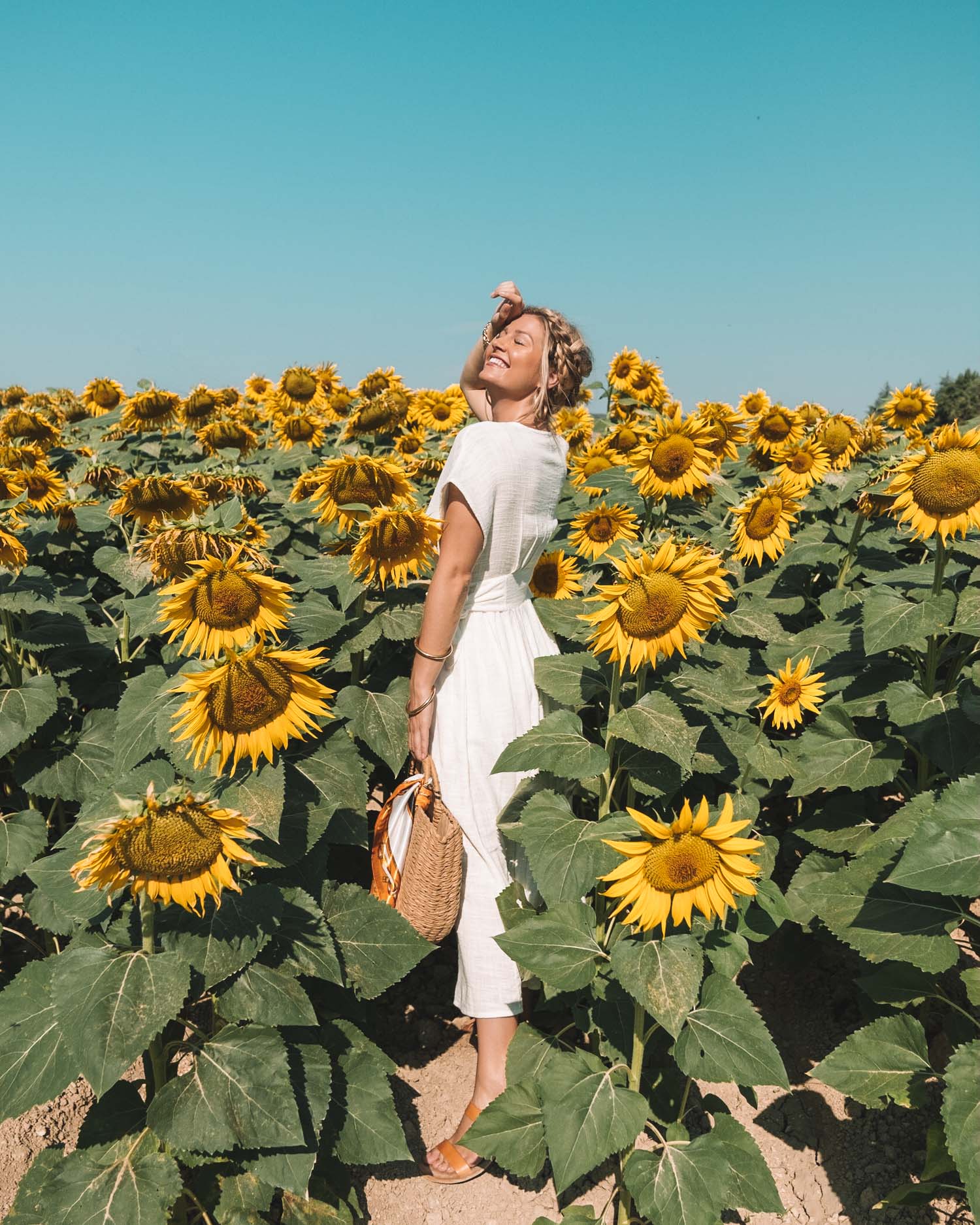
The Beginner’s Guide to Photographing in Manual Mode
Ready to take your photography to the next level? The best way to step up your game is to learn how to shoot in Manual Mode. I know it may sound extremely daunting when you hear technical terms thrown around like “bokeh, aperture, ISO, and reading the meter,“—so that’s why I’ve created this beginner’s guide!
Read More!Wide Angle Lenses
FUJINON XF10-24mm F4 R OIS
Wide Angle Zoom Lens
When to Use: In Tight/Wide Spaces (Indoor & Landscapes)
Having a wide-angle lens is awesome for landscape shots or for shooting indoors in tight spaces. Because it captures a wider perspective than a standard zoom lens, a wide-angle lens is best used for scenes where you want to capture as much as possible—like landscapes, cityscapes, and interiors.
I typically use it when I want to shoot myself with a large building or monument or to give something scale.
It’s important to note that wide-angle lenses can have some warping around the edges, but this lens has very mild distortion and, as you zoom, it minimizes it even further.
You can also learn how to remove the distortion during the editing process.
Images Shot with my FUJINON XF10-24mm Wide Angle Lens
The wide-angle lens will capture the whole scene—it’s perfect for shooting interiors, and what I always use for “Follow Me To” style shots because it frames the body and allows for more background in the shot.
Photography Tip: What is a Prime Lens?
A prime lens is a lens of fixed focal length—no zoom. This means that the lenses have larger apertures while staying compact in size. A prime lens has fewer moving parts without zoom controls, so they do less but do those things really well—and that’s usually aperture!
Prime Lenses
FUJINON XF35mm F1.4 R
Prime Lens
When to Use: Macro, Portraits, Depth-of-Field
There are two 35mm lenses in the X Series lineup, I prefer this model for its f/1.4 aperture. It is most useful for shooting images with a closer subject and shallow depth-of-field, and while working in low-light conditions.
I love it for detailed, macro shots, and lifestyle or portrait images!
This lens is weather-sealed for added protection with 8 sealing points for weather and dust-resistance that will operate at as low as 14 degrees.
Images Shot with my FUJINON XF35mm Prime Lens
This lens is great for detail shots and getting up close and personal with the subject!
Telephoto Lenses
Fujinon XF55-200mm F3.5-4.8 R LM OIS
Compact Telephoto Lens
When to Use: Working with Distant Subjects
While this isn’t the MOST powerful zoom lens, I appreciate the smaller size which makes it more manageable for traveling. It’s also a great bang for your buck! The focal length starts at 55mm which makes it the perfect addition to either everyday lens I recommended!
Shop NowTelephoto zoom lenses are essential if you’re going on safari or trying to capture wildlife at a distance. I’ve taken it on countless safaris across the African continent and highly recommend it.
Images Shot on my XF55-200mm Zoom Lens
Mind you, this elephant was about 100ft away! This lens is the perfect tool for capturing distant subjects.
My Camera Bags
I always travel with this camera backpack—it’s sturdy and durable and can hold my camera, lenses, drone, laptop, and more. I also use both these day bags, depending on the type of trip, for carrying around my camera gear during the day.
ONA Backpack
With waxed canvas and high-quality leather, the ONA Backpack has a compartment for laptops up to 17 inches, space for up to seven lenses, and room for a camera.
ONA Messenger
For a bit more space, The Prince Street is perfect. It’ll hold a DSLR camera with the lens attached along with one or two more lenses and an iPad.
The Claremont
Probably the most stylish camera bag you’ll ever see, The Claremont crossbody leather bag from Lo & Sons will keep your camera and accessories safe and sound (it fits more than you’d think!). I’ve used it for over 6 years now!
TBA Lightroom Presets
Master the colors of your shots and create a consistent aesthetic as you master the essentials of photography. I created these custom Adobe Lightroom Presets for Desktop and Mobile to help you add a beautiful pop to your photos.
Shop NowPhotography Guide
My years of solo-travel meant that I needed to learn how to travel light with camera equipment and develop professional editing skills for photos taken by others.
Read More

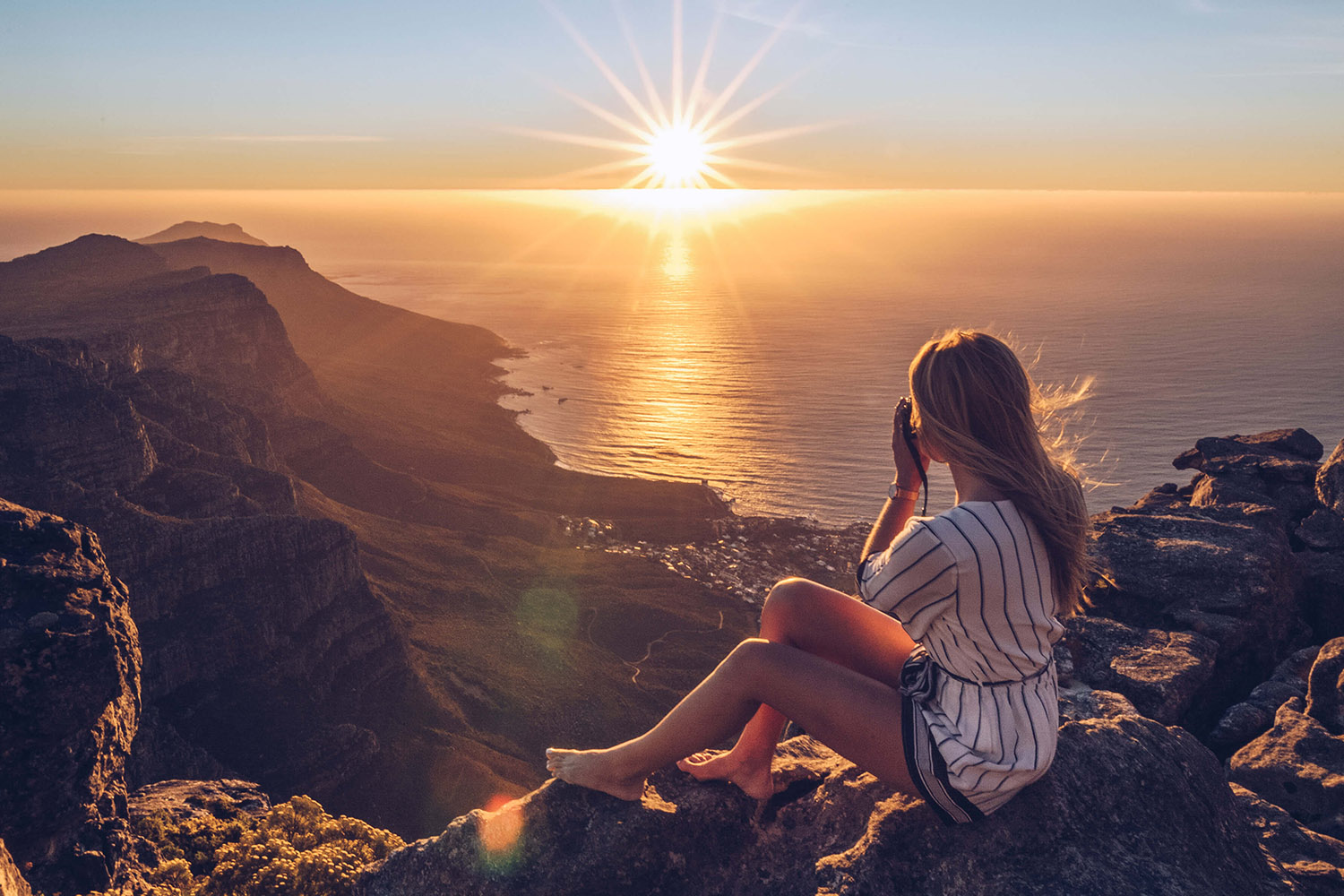
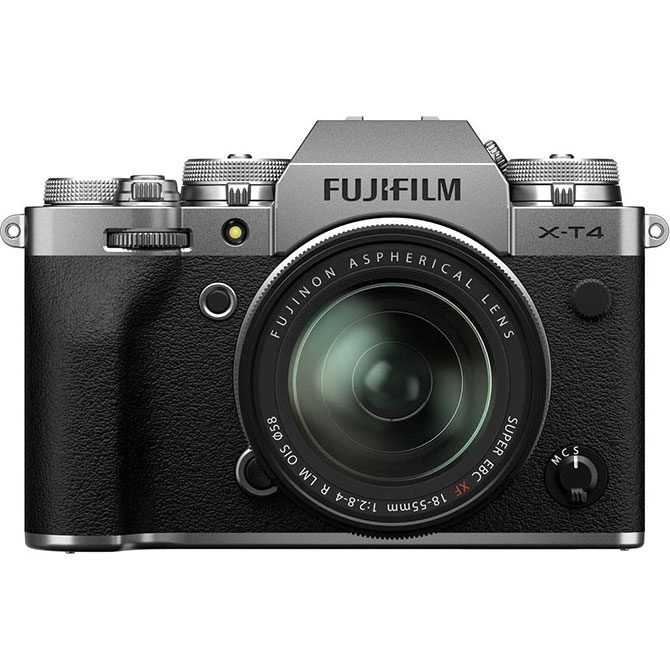
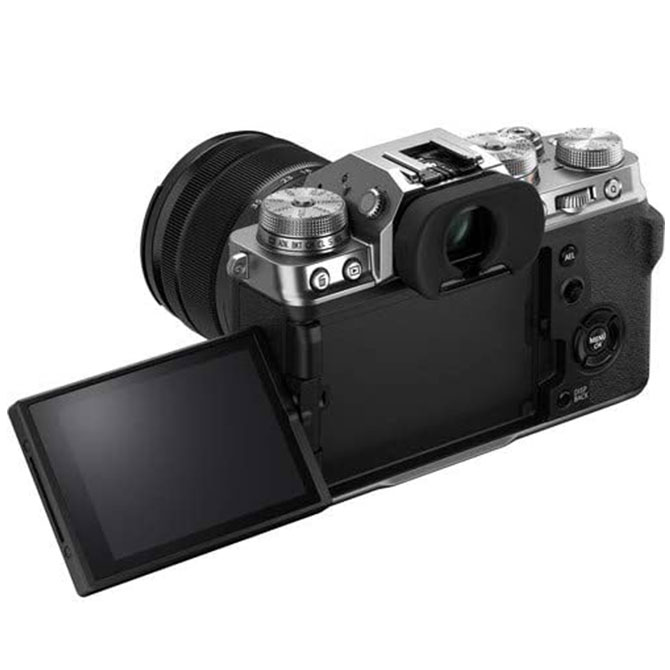




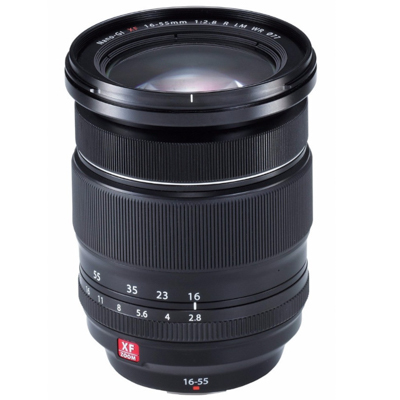



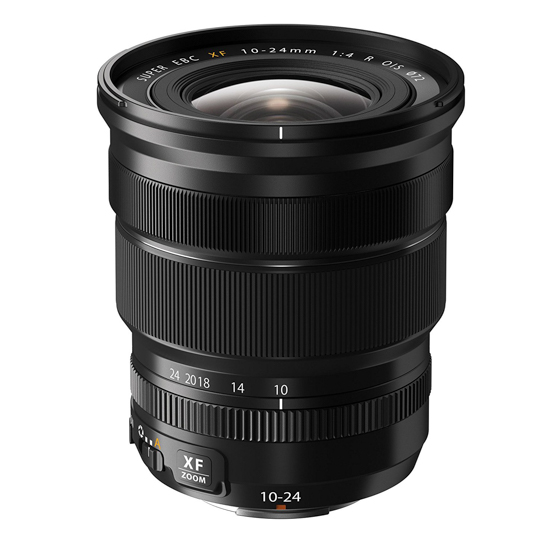
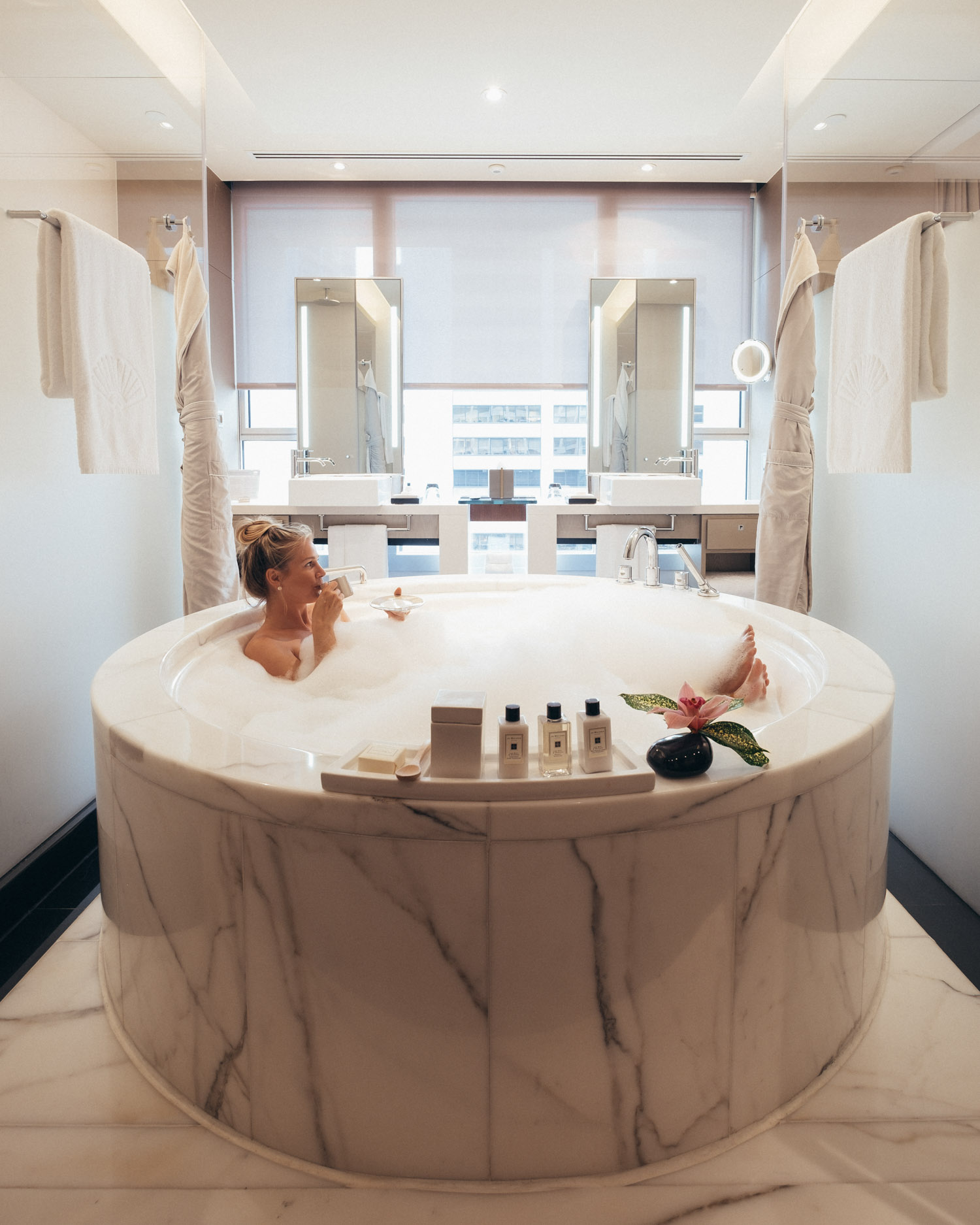




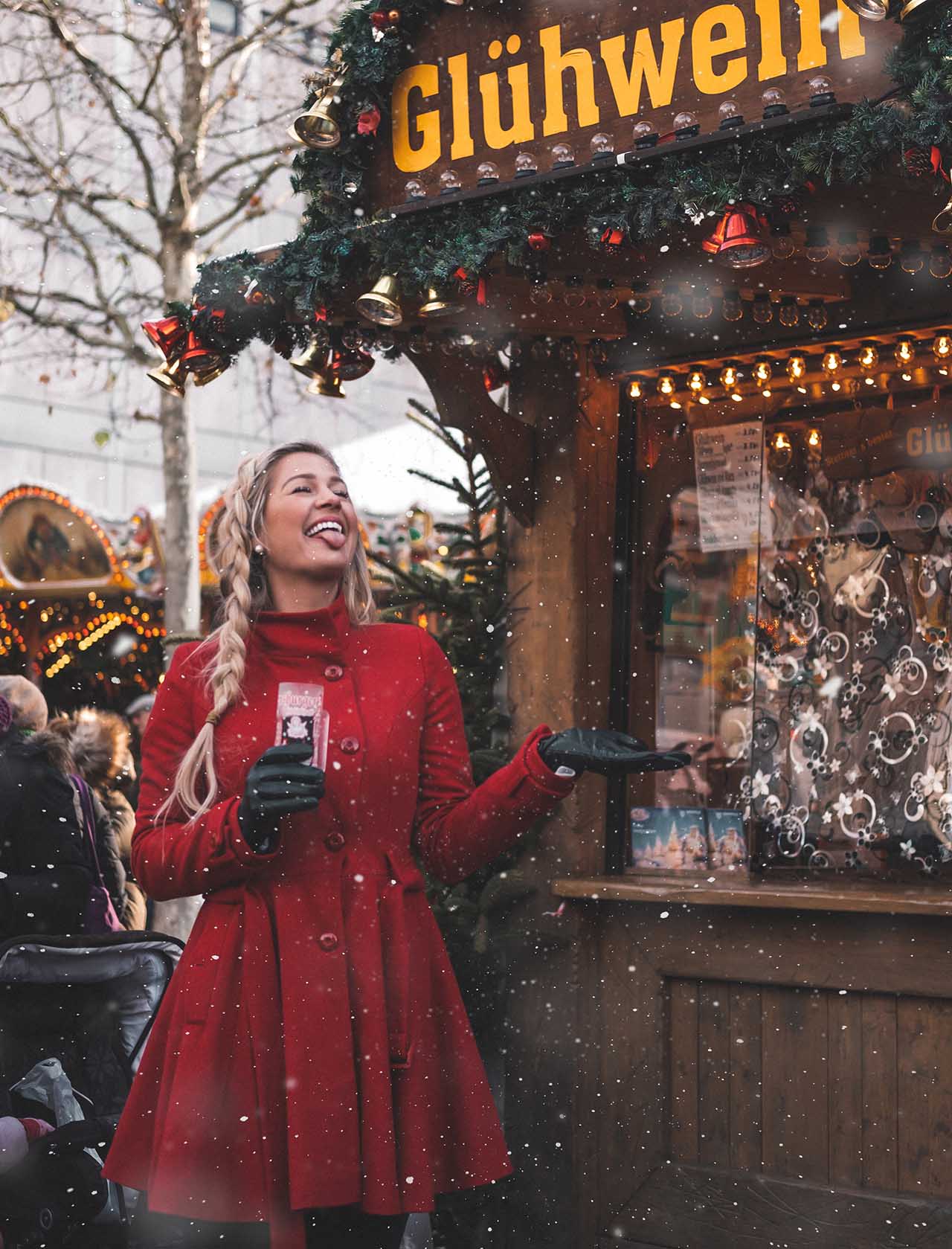

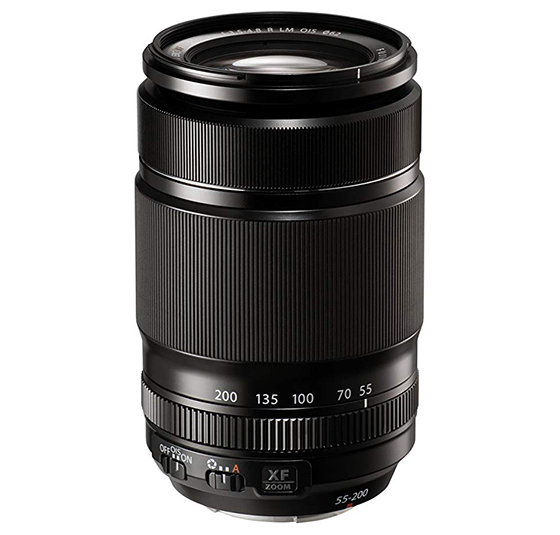
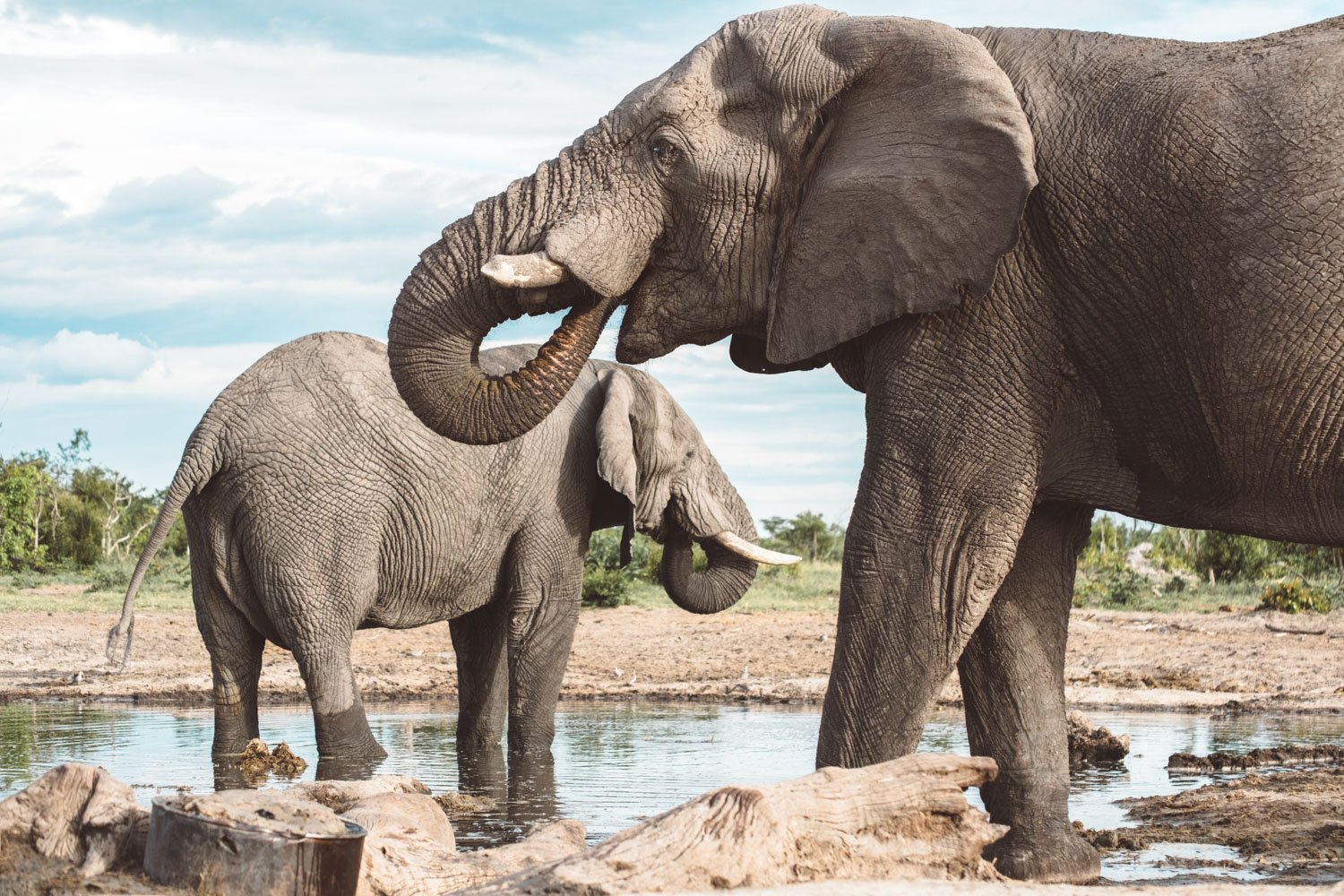

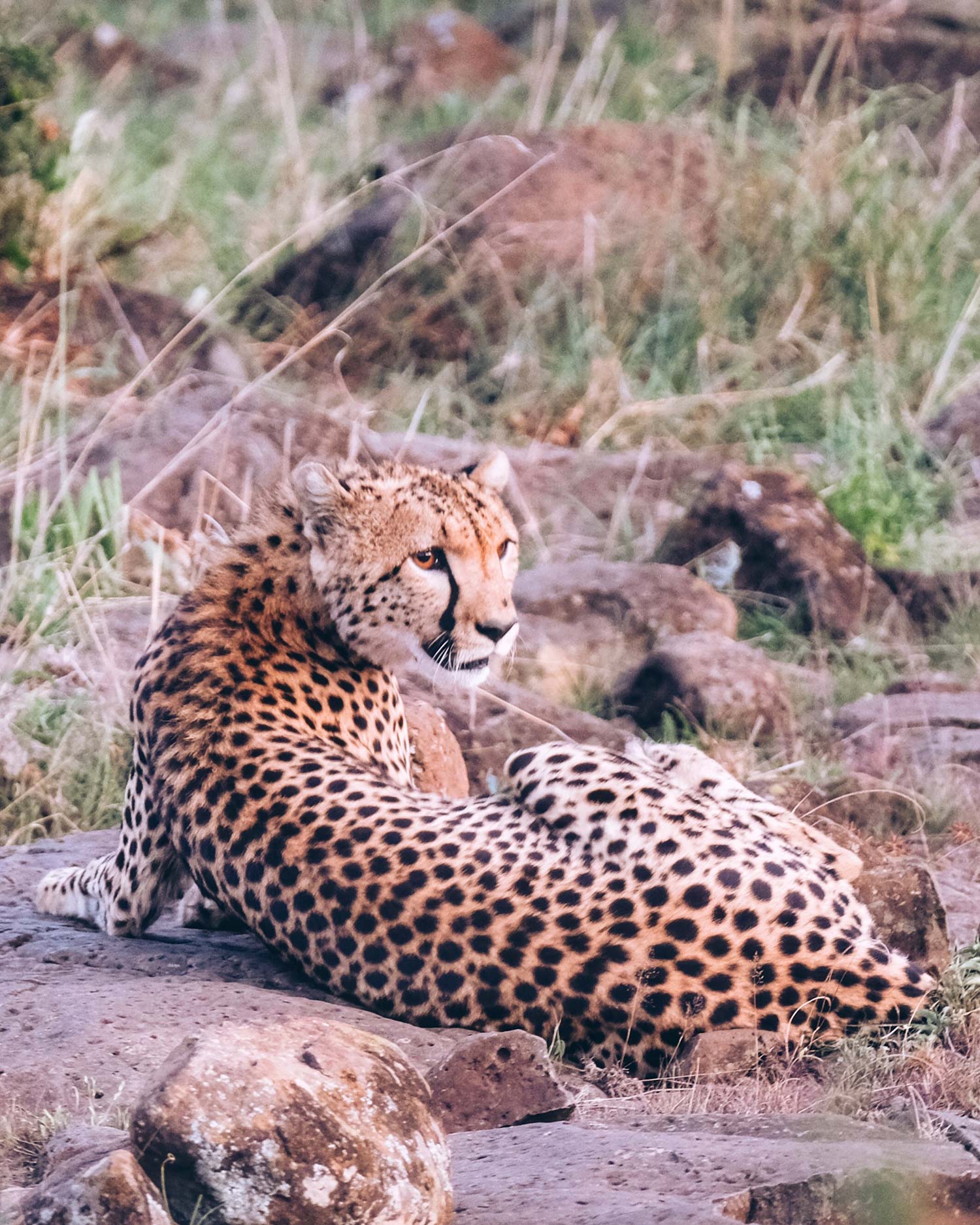




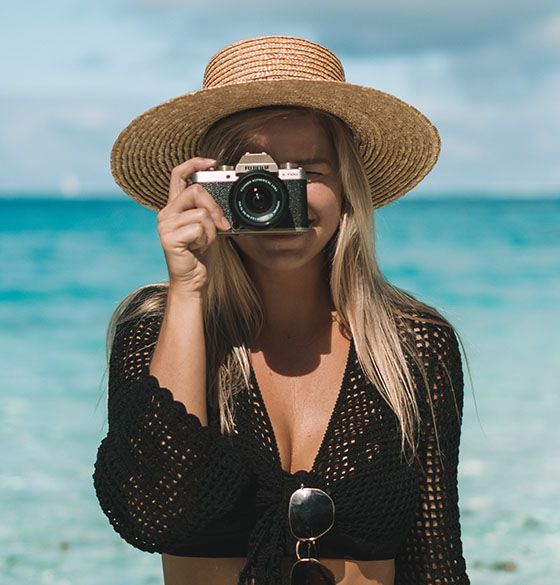

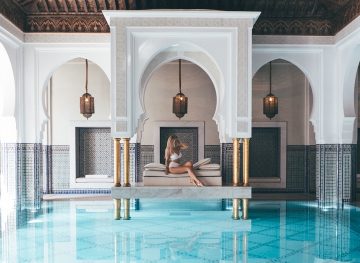
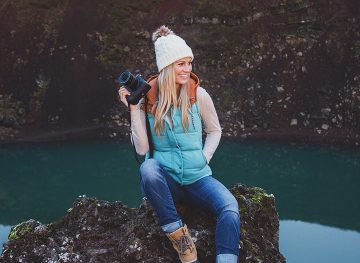



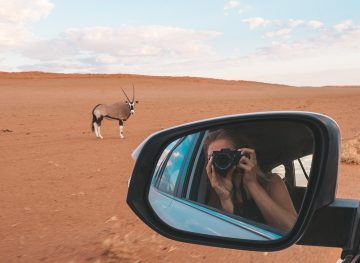




Hi! 🙂
How do you take the ” follow me ” photos?
Is there someone else that takes those photos or do you have a tripod of some sort.
The photos look beautiful !
Hi Rafaela! If you’re talking about the ones where you’re holding the person’s hand and leading them – that person whose hand you’re holding would be taking the photo 🙂 (Assuming they aren’t in the shot very much and it’s just their hand)
Hi there 🙂
If someone already asked this question, please bear with me, but I can’t seem to see other comments than Rafaela’s.
Who takes all your stunning photos when travelling solo? All is taken with such precision, I can’t imagine it is just someone random. Do you travel with a tripod?
Thank you!
Hi Carina! I mainly take my own photos when I’m traveling solo. I usually bring a tripod with me and have gotten quite used to looking awkward in public lol 😉 Peep my guide here! https://www.theblondeabroad.com/get-awesome-photos-solo-traveler/